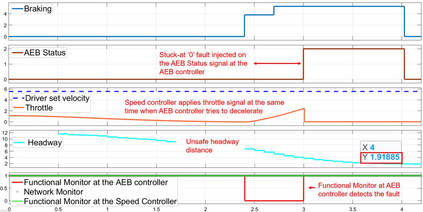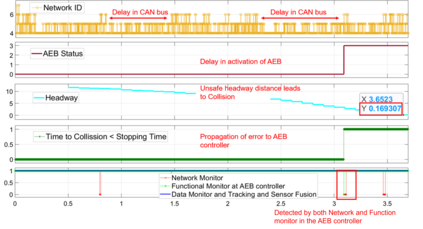Runtime verification or runtime monitoring equips safety-critical cyber-physical systems to augment design assurance measures and ensure operational safety and security. Cyber-physical systems have interaction failures, attack surfaces, and attack vectors resulting in unanticipated hazards and loss scenarios. These interaction failures pose challenges to runtime verification regarding monitoring specifications and monitoring placements for in-time detection of hazards. We develop a well-formed workflow model that connects system theoretic process analysis, commonly referred to as STPA, hazard causation information to lower-level runtime monitoring to detect hazards at the operational phase. Specifically, our model follows the DepDevOps paradigm to provide evidence and insights to runtime monitoring on what to monitor, where to monitor, and the monitoring context. We demonstrate and evaluate the value of multilevel monitors by injecting hazards on an autonomous emergency braking system model.
翻译:运行时核查或运行时监测使安全临界网络物理系统能够加强设计保证措施并确保运行的安全和安保; 网络物理系统具有互动故障、攻击表面和攻击矢量,造成意外的危害和损失情况; 这些互动故障对监测规格和监测及时探测危险位置的实时核查构成挑战; 我们开发了一个完善的工作流程模型,将系统理论过程分析(通常称为STPA)与较低运行时监测的危害因果信息联系起来,以便在操作阶段发现危险; 具体而言,我们的模型遵循DepDevOps模式,提供证据和洞察力,以便实时监测监测、监测以及监测情况; 我们展示和评价在自动紧急制动系统模型上通过注射危险进行多层次监测的价值。










